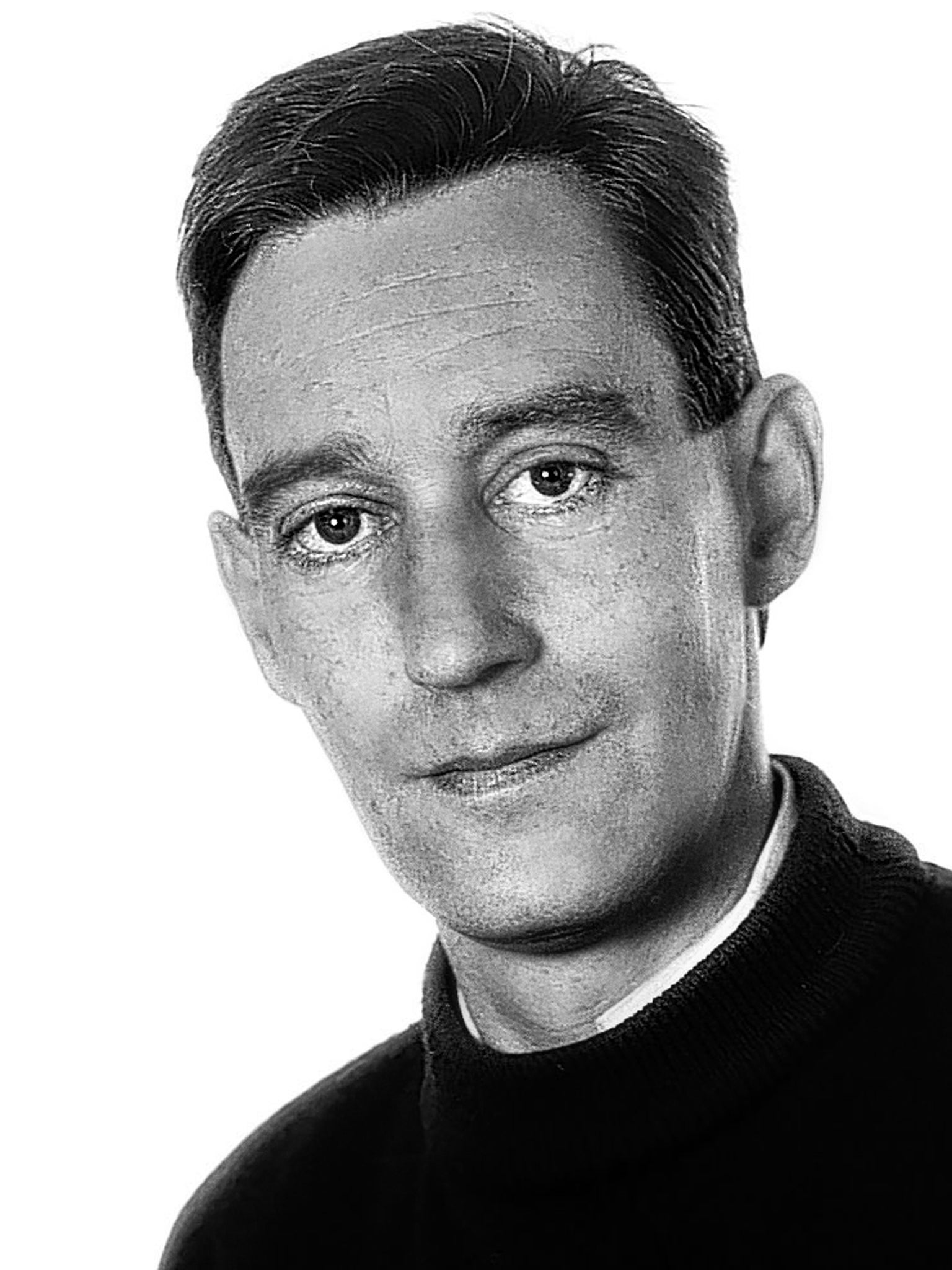John Gifford: Architectural historian noted for the 'Buildings of 'Scotland' series

John Gifford, through his 40 years of work on The Buildings of Scotland, has sometimes been termed "the Scottish Pevsner", but this would not be accurate if it implied that he just produced Scottish volumes identical to the Buildings of England series. Gifford not only personally researched the historical background of the buildings that he included, and many that he rejected, but he used slightly different criteria for his comments and descriptions in the light of his knowledge of the history of Scottish architecture and incorporating his wider understanding of Scottish, British and continental history. In this he was developing the approach that was started by Colin McWilliam, his mentor, who had been entrusted by Sir Nikolaus Pevsner with producing the Scottish series.
Gifford's parents were of distinguished Scottish families. Although born in London and brought up there and in Aldeburgh, Suffolk, as a child he was routinely in Scotland with his mother's family – the Lyells of Kinnordy, in Angus – or in Edinburgh and East Lothian, home to his paternal grandfather, TJ Carlyle Gifford, the co-founder of the investment firm Baillie Gifford. His father was an economist in the Foreign Office and later at the United Nations in Geneva.
After studying Modern History at New College, Oxford, Gifford developed his interest in architecture carrying out research on Victorian restorations of English cathedrals. His opportunity to work on The Buildings of Scotland came through his introduction to the Edinburgh-based architectural critic Colin McWilliam (1928-89), who encouraged him to pursue his historical and architectural interests, inviting him to be the investigative researcher, and then co-author, of the Edinburgh volume of The Buildings of Scotland series.
A four-year interlude as an Inspector of Historic Buildings within the Historic Buildings Branch of the Scottish Development Department (the predecessor of Historic Scotland) saw Gifford bring higher academic standards to the government body responsible for listing buildings; his revised list for Inverness immediately establishing a new norm for listing standards within the organisation and established him in the process as the foremost authority on the architectural history of the Highlands. However, unhappy in this role, Gifford returned full-time to The Buildings of Scotland, devoting the rest of his life to the project, and he was wholly or partly responsible for researching and writing eight of their volumes, while advising on others.
McWilliam had stated the objectives of the Scottish series as "to present all the buildings that merit attention on architectural grounds, to do it for the whole country, and to do it with all possible speed". The latter was included since the English series was by then complete, but in the end speed was deemed less important than the need for the work to be thoroughly researched, critical Scottish architectural history being then largely in its infancy. Gifford said that the work was to be "sceptical of secondhand information unsupported by documentation, even though this might mean upsetting some buildings' owners, who are endearingly eager to pass on family or local tradition."
Victorian and later churches, of which Scotland, for historical reasons, has a superfluity, were assessed on their contemporary merit, and there are many references to fittings and stained glass, with the artists included wherever possible. Gifford had a flair for the trenchant and fitting description, making the volumes a delight to read.
Funding was a constant worry, especially after the National Trust for Scotland withdrew its special oversight. The Buildings of Scotland Trust was established, but wound up, in Gifford's opinion prematurely, in 2011 with the series not yet completed.
Dedication to The Buildings of Scotland left little time for other writing, although in 1989 Gifford, who was also a Visiting Fellow of Edinburgh College of Art, published an in-depth biography of William Adam, Scotland's leading early 18th century architect, and father of the Adam brothers, which was well received. Unusual among architectural historians, he shared his research and discoveries freely with others, and his notes are available to other researchers. Unsurprisingly he was a major contributor to the online Dictionary of Scottish Architects.
Gifford had a deep attachment and loyalty to the Anglican church, holding to an undemonstrative and unaffected high churchmanship. He engineered his itineraries so that he could be at church every Sunday, and he was often a server at Sunday and weekday Eucharist when in Edinburgh. For many years he was an elected member of the Edinburgh Diocesan Synod and the General Synod of the Scottish Episcopal Church, often as the voice of cautionary (theological) conservatism, but with the achievement of having drafted Canon 35, governing alterations to church buildings. This he saw put in practice, during many years sitting on the Diocesan Buildings Committee (the equivalent of the Diocesan Advisory Board in the Church of England), as he was also a member of the Buildings Committee of the National Trust for Scotland.
Gifford, a shy man with a reserved nature, but a twinkle in the eye, had suffered from considerable ill health over recent years. However he continued his research and writing until weeks before he died and he was particularly pleased to have seen the publication of Dundee and Angus, which covered much of the part of Scotland he knew through his mother's family.
John Vernon Gifford, architectural historian and writer: born London 24 December 1946, MBE 2005; partner to David Bassett; died Dundee 13 June 2013.
Subscribe to Independent Premium to bookmark this article
Want to bookmark your favourite articles and stories to read or reference later? Start your Independent Premium subscription today.

Join our commenting forum
Join thought-provoking conversations, follow other Independent readers and see their replies